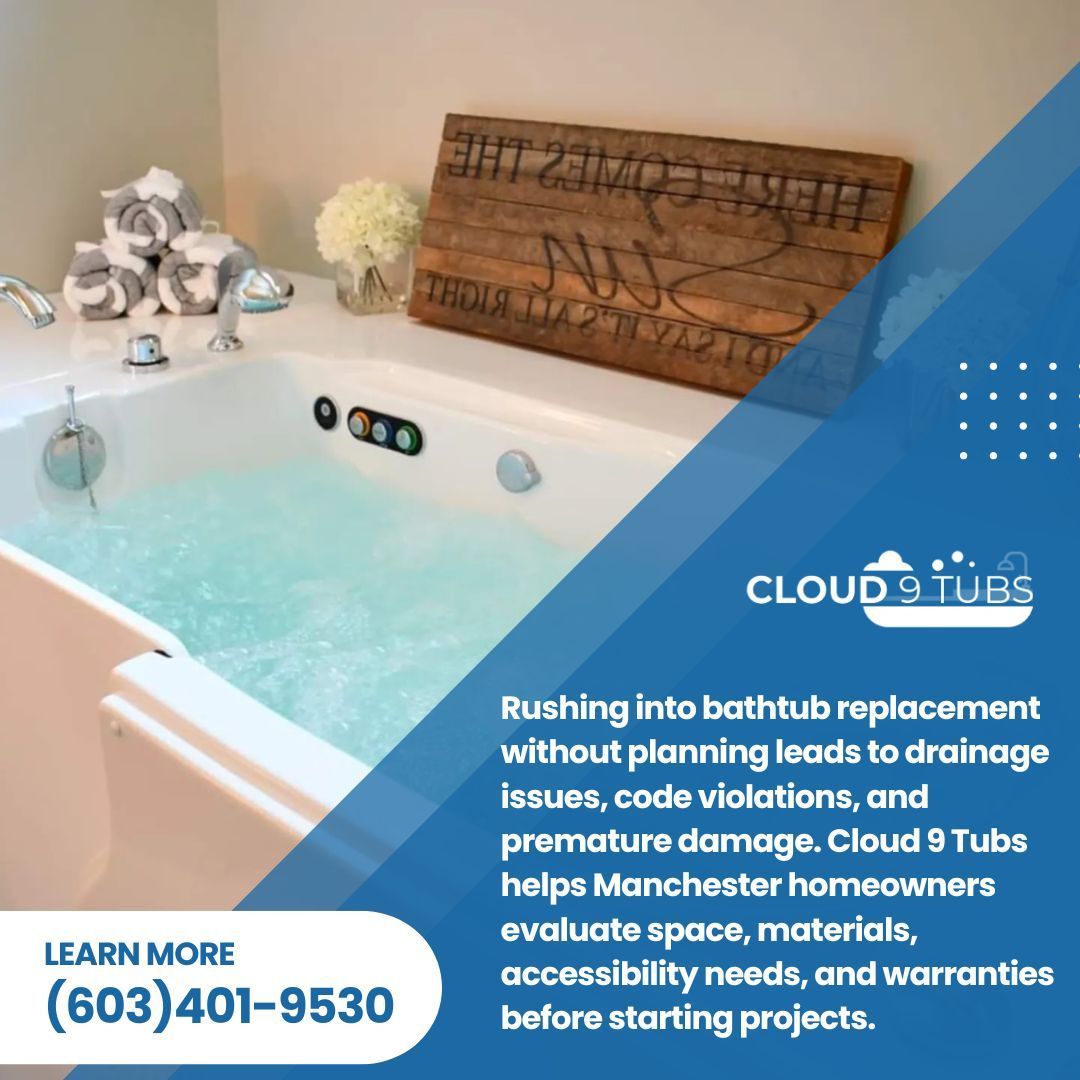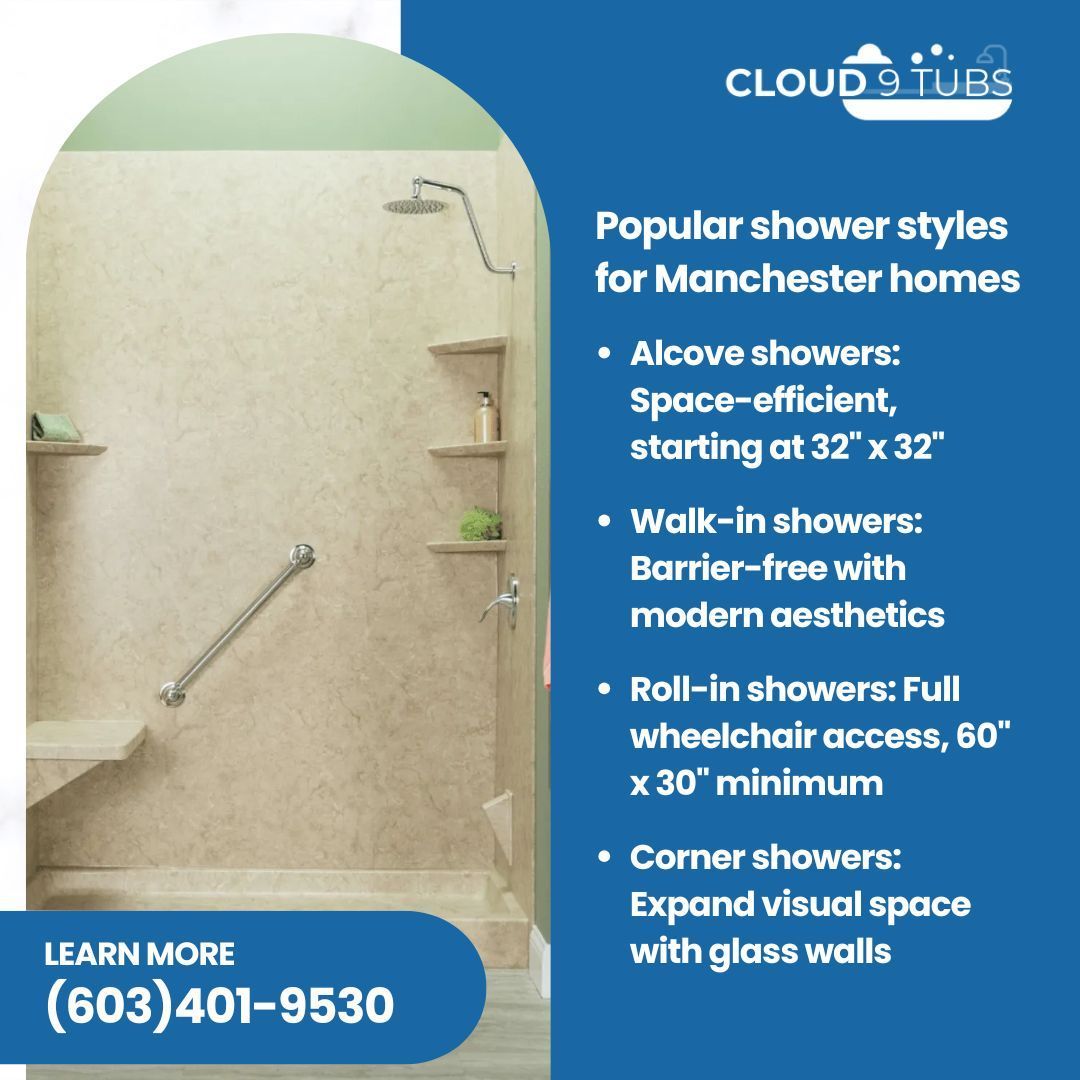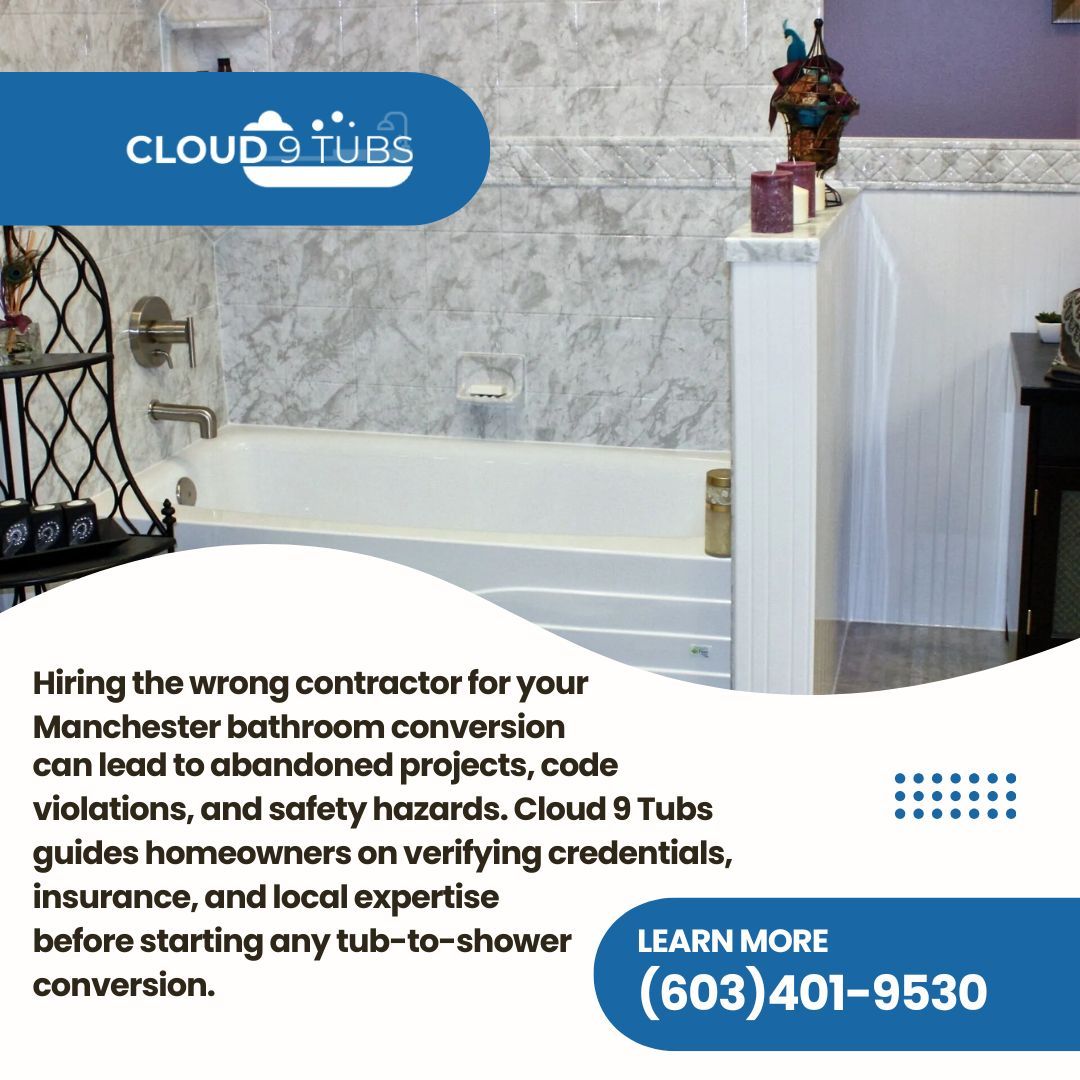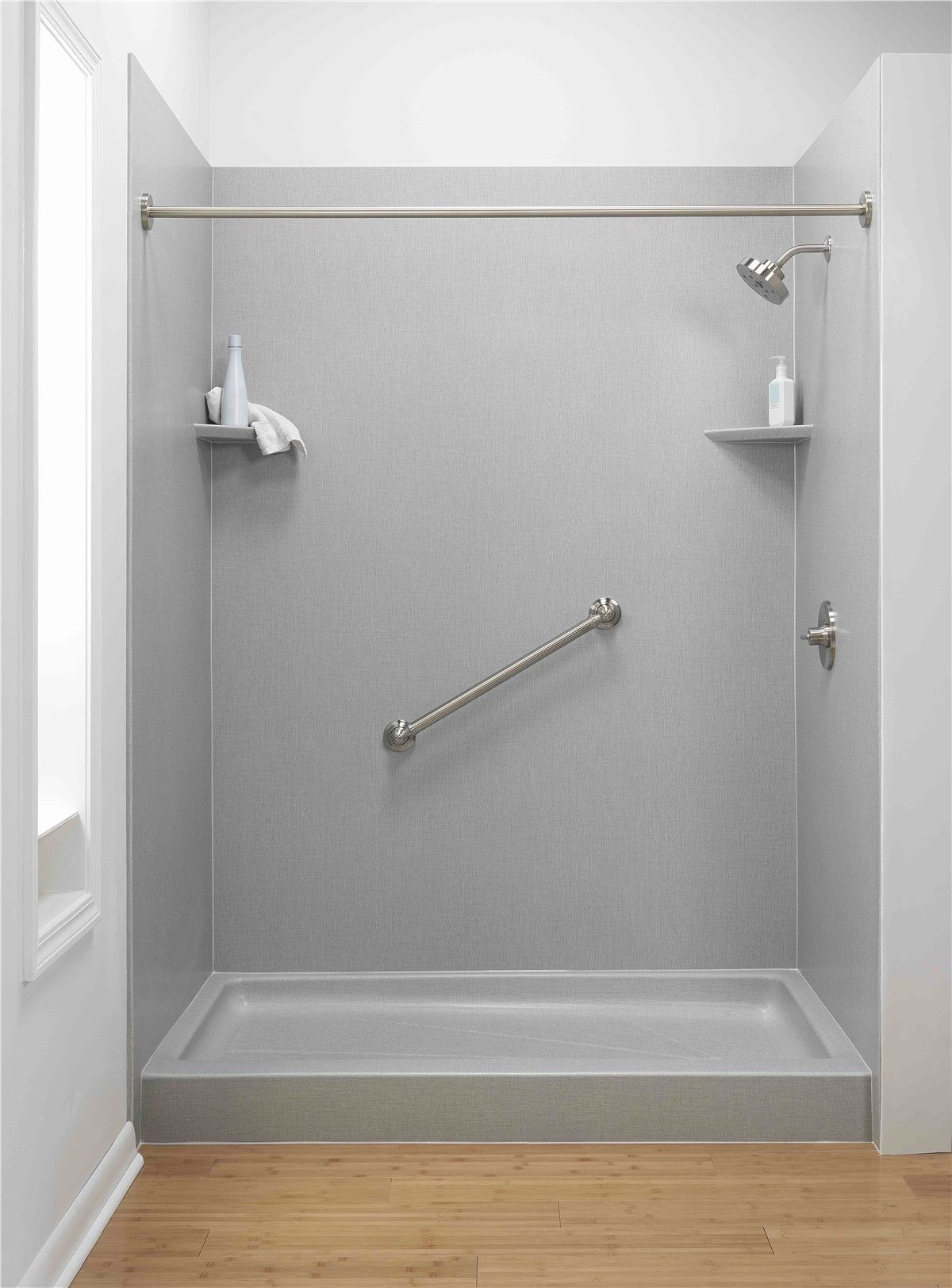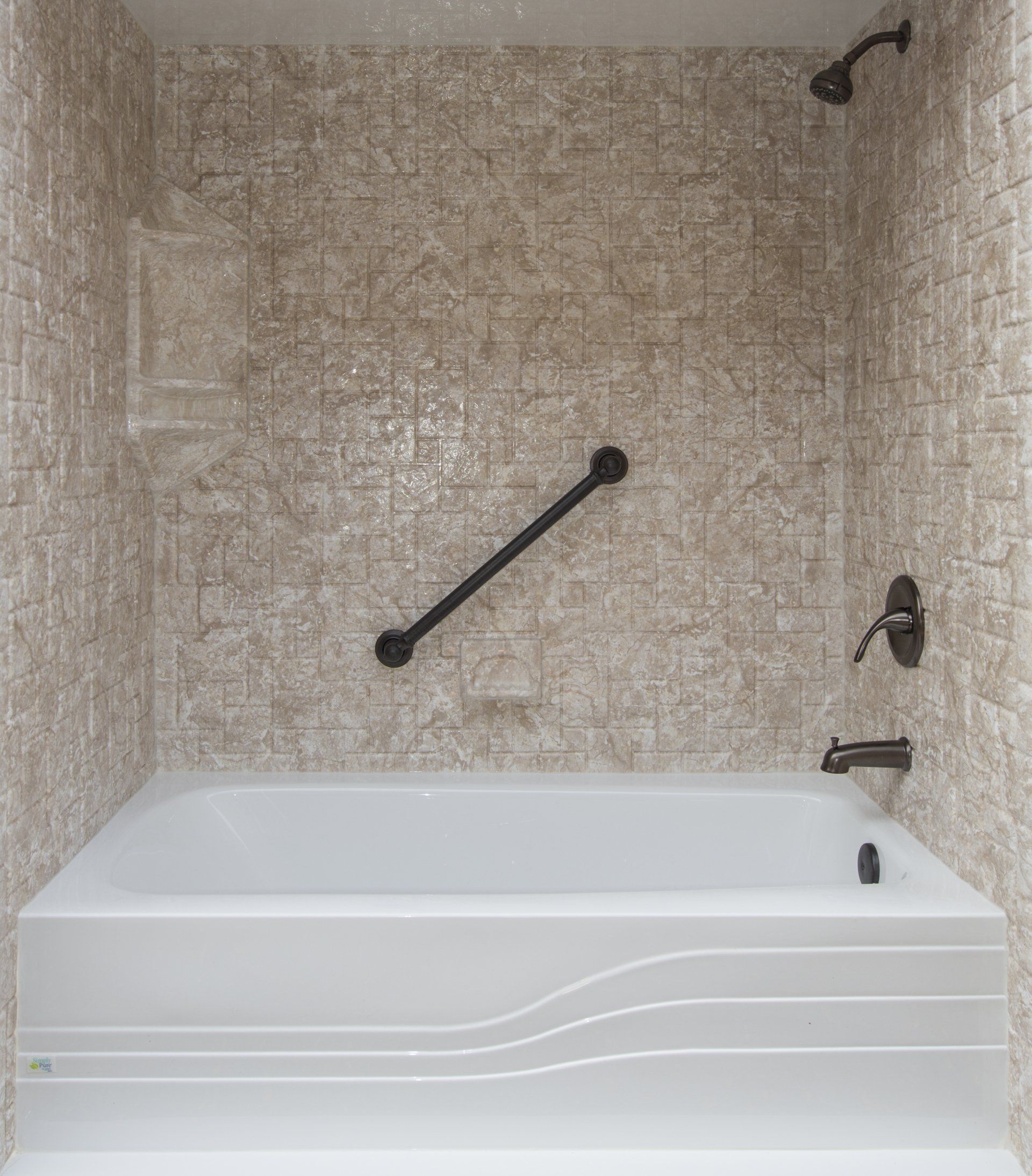Transform Your Bathroom with a Tub-to-Shower Conversion Kit: A Complete Guide
Are you tired of stepping over the high sides of your bathtub every time you want to take a shower? Or maybe you’re looking for a way to upgrade your bathroom without a complete remodel? A tub-to-shower conversion kit might be exactly what you need.
Let’s be real, bathtubs are great, but they’re not always the most practical option, especially if you’re thinking about accessibility, safety, or just making the most of your bathroom space. That’s where a tub-to-shower conversion kit comes into play. These kits allow you to turn your existing bathtub into a sleek, accessible shower without the hassle of a full-blown renovation.
Imagine waking up in the morning and stepping into a spacious, stylish shower rather than struggling with the awkwardness of a traditional bathtub. Not only does this make your daily routine more convenient, but it also adds a modern touch to your bathroom. Plus, if you or a loved one has mobility issues, a tub-to-shower conversion can significantly reduce the risk of falls, providing peace of mind.
One of the biggest perks of opting for a conversion kit is the simplicity of installation. Unlike traditional renovations, which can be time-consuming
and disruptive, these kits are designed for a quick and easy transition. In most cases, our expert team at Cloud 9 Tubs can complete the installation in just one day. That means minimal disruption to your life and a brand-new shower by the time the sun sets.
But the benefits don’t stop there. A tub-to-shower conversion is an investment in your home’s future. Whether you’re planning to stay in your house for years to come or you’re thinking about selling down the line, a modern, accessible bathroom is a huge selling point. Potential buyers will appreciate the updated look and the added safety features, making your home more attractive on the market.
Another advantage of a tub-to-shower conversion kit is the customization it offers. At Cloud 9 Tubs, we understand that every home is unique, and so are the needs of every homeowner. That’s why we offer a range of options to suit your style and functional needs. Whether you’re looking for a minimalist design, something with a little more flair, or specific safety features like grab bars or a built-in seat, we’ve got you covered.
Now, let’s talk about the quality of these kits. When you choose a tub-to-shower conversion from Cloud 9 Tubs, you’re choosing a product that’s built to last. Our kits are made from high-quality materials that are designed to withstand daily use without showing wear and tear. That means no cracking, peeling, or fading over time—just a beautiful, functional shower that you can enjoy for years to come.
So, if you’ve been thinking about upgrading your bathroom, now might be the perfect time to consider a tub-to-shower conversion kit. Not only will it improve the look and functionality of your bathroom, but it will also enhance your quality of life by making your daily routine easier and safer.
When it comes to home improvements, making the right investment is key. You want to choose projects that not only enhance your daily living but also add value to your home. That’s exactly what a tub-to-shower conversion kit offers—a smart, practical investment that pays off in more ways than one.
First off, let’s talk about the immediate benefits. The moment you complete a tub-to-shower conversion, you’ll notice a significant difference in the usability and aesthetic appeal of your bathroom. Suddenly, the space feels more open and modern, making it a joy to use every day. The convenience of a walk-in shower can’t be overstated, especially if you’ve been dealing with the hassle of a traditional bathtub. No more stepping over high tub walls or dealing with cramped shower spaces—just a seamless, accessible shower that meets your needs.
But the benefits go beyond just convenience. For homeowners who are aging in place or have mobility challenges, a tub-to-shower conversion can be a game-changer. It provides the safety and accessibility that’s crucial for maintaining independence. Imagine being able to shower without worrying about slipping or struggling to get in and out of the tub. It’s a simple change, but one that can make a huge difference in your quality of life.
Financially, a tub-to-shower conversion is also a wise choice. When you invest in a high-quality conversion kit, like the ones we offer at Cloud 9 Tubs, you’re investing in durability and longevity. Our kits are designed to last, which means you won’t have to worry about frequent repairs or replacements. And because they’re made from top-notch materials, they’ll retain their look and functionality for years, ensuring you get the most bang for your buck.
Speaking of value, let’s not forget how a tub-to-shower conversion can impact your home’s resale value. Bathrooms are one of the most important spaces that potential buyers look at when considering a home, and a modern, updated bathroom is a huge plus. By converting your tub into a walk-in shower, you’re making your home more attractive to buyers, especially those who are looking for accessible features or simply prefer a sleek, contemporary design. It’s a renovation that can significantly boost your home’s market value, making it a win-win situation.
Now, you might be wondering about the cost. While any home improvement project requires an upfront investment, a tub-to-shower conversion is one of the more affordable options, especially when you consider the benefits it brings. Plus, with Cloud 9 Tubs, you get the peace of mind knowing that there are no hidden costs or pressure sales tactics. We believe in transparency and providing you with the best value for your money, which is why we honor our quoted prices for a full year.
Finally, it’s important to consider the environmental impact of your home improvements. A tub-to-shower conversion is an eco-friendly choice because it typically uses less water than a traditional bathtub. This not only helps you save on your water bills but also reduces your overall environmental footprint. It’s a small change that contributes to a more sustainable lifestyle—something we can all feel good about.
In conclusion, a tub-to-shower conversion kit is more than just a trendy upgrade—it’s a smart investment that enhances your home, your safety, and your quality of life. Whether you’re looking to improve accessibility, boost your home’s resale value, or simply enjoy the convenience of a walk-in shower, this conversion offers benefits that go far beyond aesthetics.
We can help - contact Cloud 9, today!
Blog
